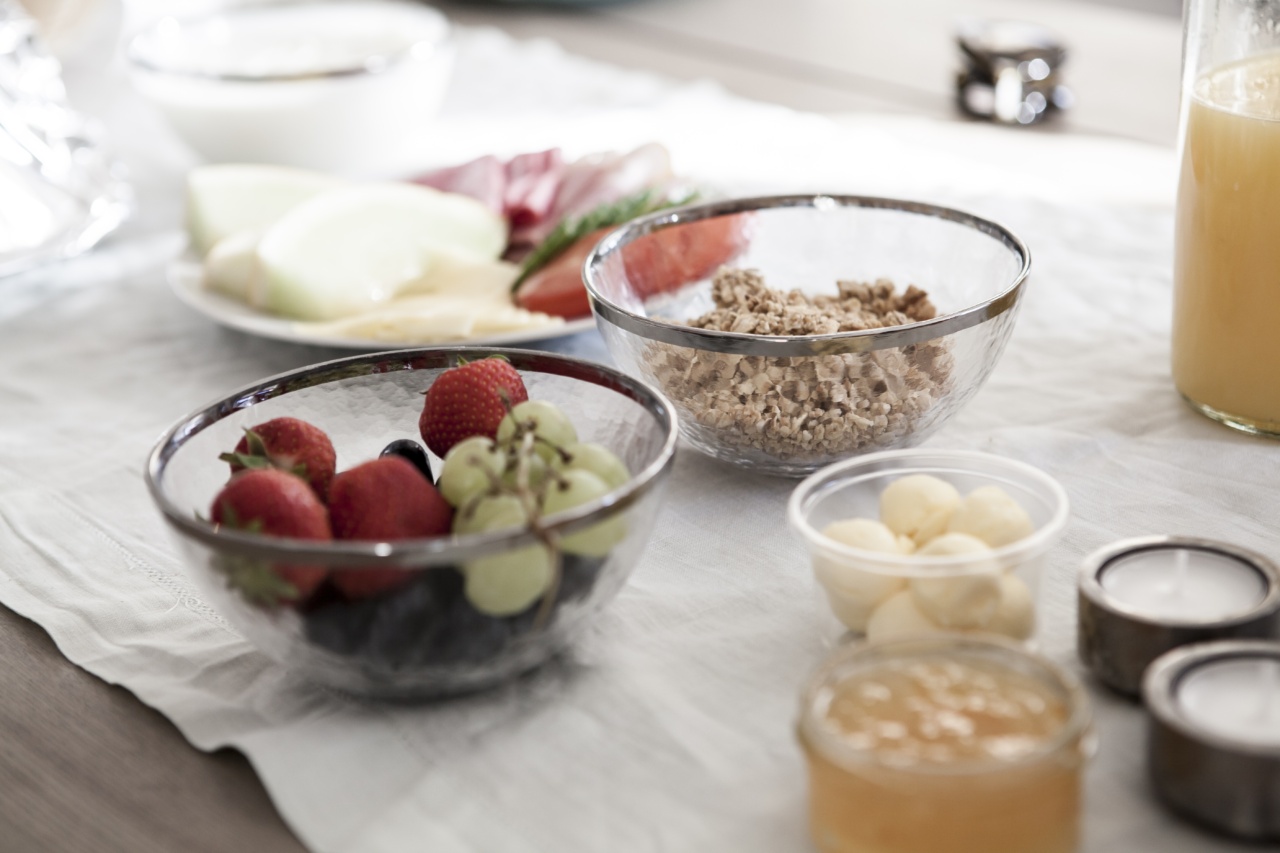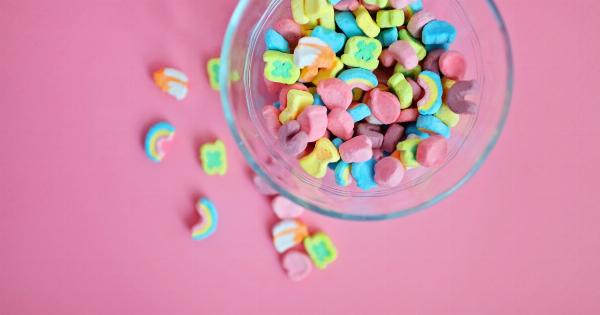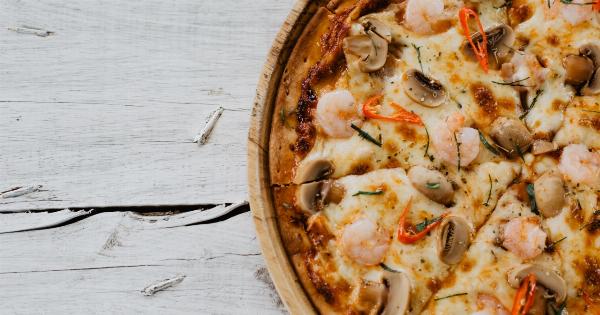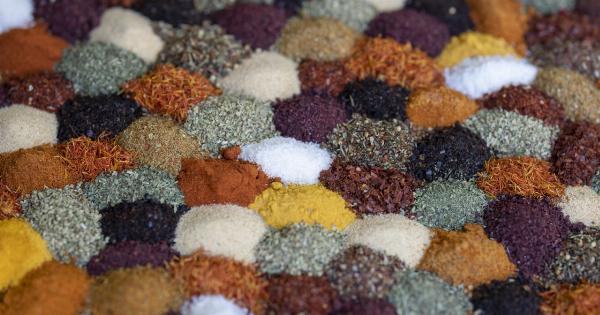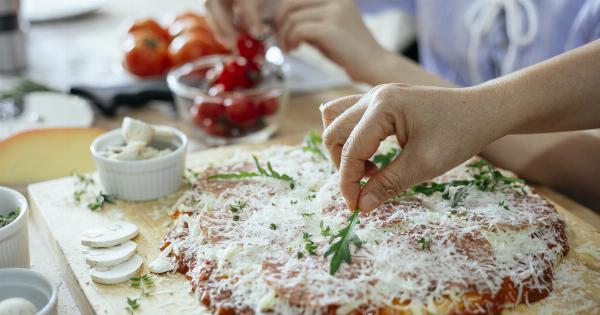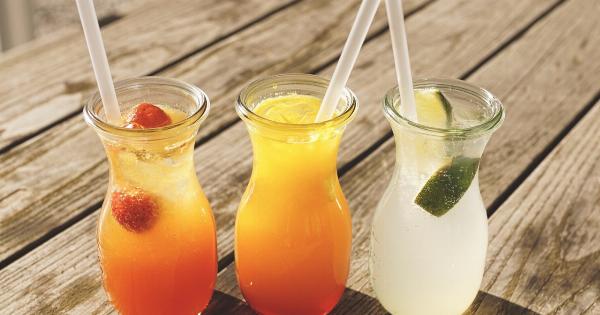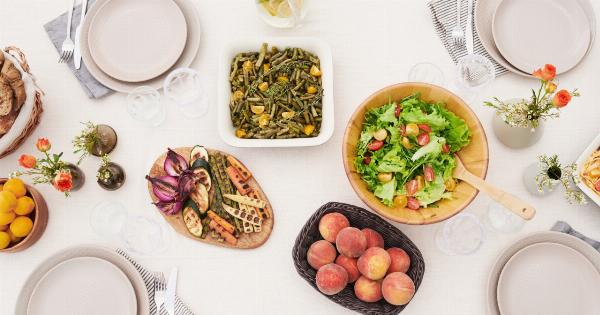Many individuals understand the negative effects of consuming excessive sugar, such as weight gain, tooth decay, and an increased risk of chronic diseases like diabetes and heart disease.
However, even those who make a conscious effort to limit their sugar intake may find themselves unknowingly consuming more sugar than they realize. This is often due to certain foods that cleverly disguise their high sugar content. In this article, we will explore a variety of foods that can trick you into eating more sugar than you intended.
1. Yogurt
Yogurt is often considered a healthy food choice due to its high protein content and the presence of beneficial bacteria. However, many flavored yogurts, particularly those marketed to children, contain a significant amount of added sugars.
Always check the label and opt for plain yogurt or Greek yogurt, which you can flavor with fresh fruits or a small amount of honey.
2. Salad Dressing
Salads are generally perceived as a nutritious option, but the wrong choice in salad dressing can turn a healthy dish into a sugar-laden one. Many store-bought salad dressings contain high amounts of added sugars.
Opt for homemade dressings using olive oil, vinegar, and herbs, or choose dressings labeled as “sugar-free” or “low in sugar.”.
3. Granola Bars
Granola bars are often marketed as a convenient and healthy snack, but they can be packed with added sugars. Some granola bars contain more sugar than a candy bar.
Read the labels carefully and choose bars with minimal added sugars or make your own at home using nutritious ingredients like nuts, seeds, and dried fruits.
4. Fruit Juice
Fruit juice may seem like a good choice because it contains vitamins and minerals. However, many fruit juices are loaded with added sugars and lack the fiber found in whole fruits.
Opt for freshly squeezed juices or better yet, consume whole fruits to benefit from their natural sweetness and fiber content.
5. Smoothies
Smoothies can be a quick and healthy way to consume a variety of fruits and vegetables. However, store-bought smoothies or those from certain smoothie chains often contain added sugars in the form of syrups, sweetened yogurts, or flavored concentrates.
Making your own smoothies at home allows you to control the ingredients and avoid unnecessary sugars.
6. Flavored Coffee Drinks
Indulging in a flavored coffee drink can be a delicious treat, but it can quickly become a sugar overload. Many flavored coffee drinks, such as mochas and caramel lattes, contain high amounts of added sugars.
Opt for black coffee, or if you prefer something sweet, use a small amount of natural sweeteners like stevia or cinnamon.
7. Tomato Sauce
Tomato sauce is a staple in many households, used in pasta dishes, pizzas, and various sauces. However, some store-bought tomato sauces can be surprisingly high in added sugars.
Always read the labels and choose sauces with no added sugars or limited amounts. Alternatively, consider making your own sauce using fresh tomatoes and herbs.
8. Cereal
Cereal can be a quick and easy breakfast choice, but many cereals marketed as healthy options are loaded with added sugars.
Always check the nutrition labels and ingredients list, and opt for whole-grain cereals with minimal sugar content or, better yet, prepare a warm bowl of oatmeal topped with fresh fruits and nuts.
9. Energy Bars
Energy bars are often consumed as a snack or meal replacement when you’re on the go. However, some energy bars contain as much sugar as a candy bar.
Read the labels carefully and choose bars that are high in protein and fiber instead of relying solely on sugar for a quick energy boost.
10. Sports Drinks
Sports drinks are commonly marketed as a means to replenish electrolytes and hydrate after physical activity. However, many sports drinks contain large amounts of added sugars.
Unless you are engaged in intense endurance training or workouts lasting over an hour, it’s best to stick to water to stay hydrated.
